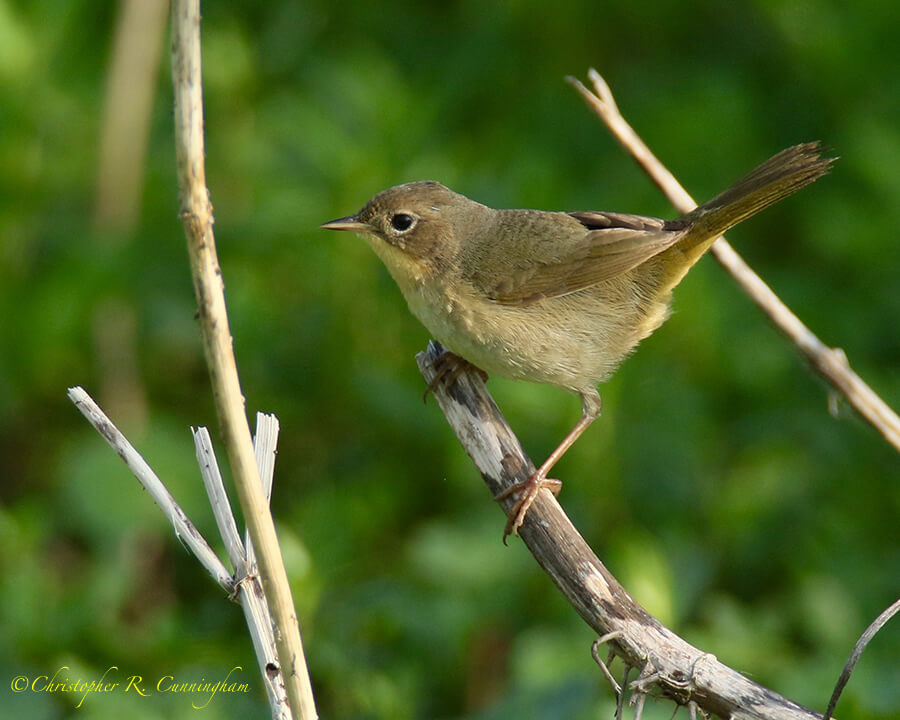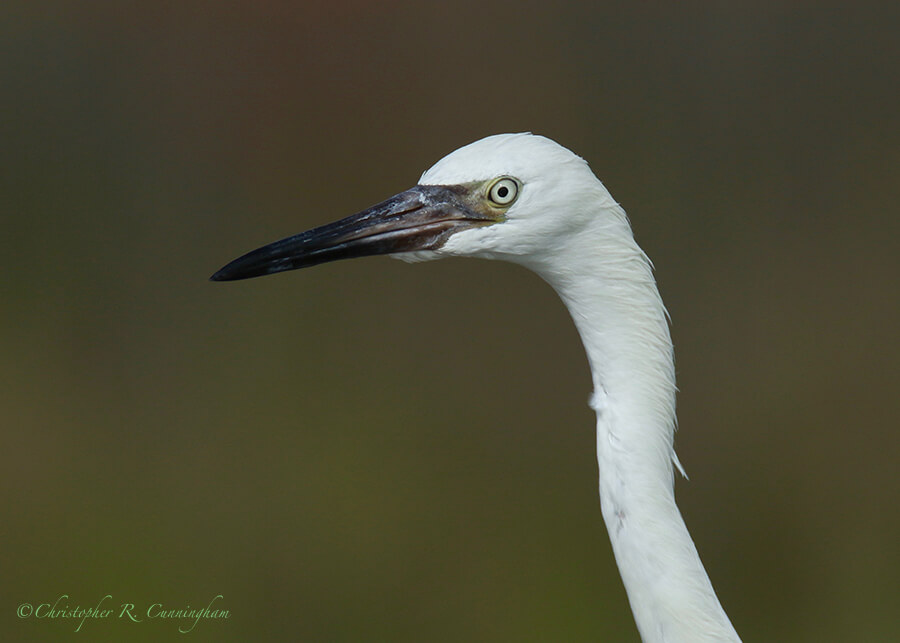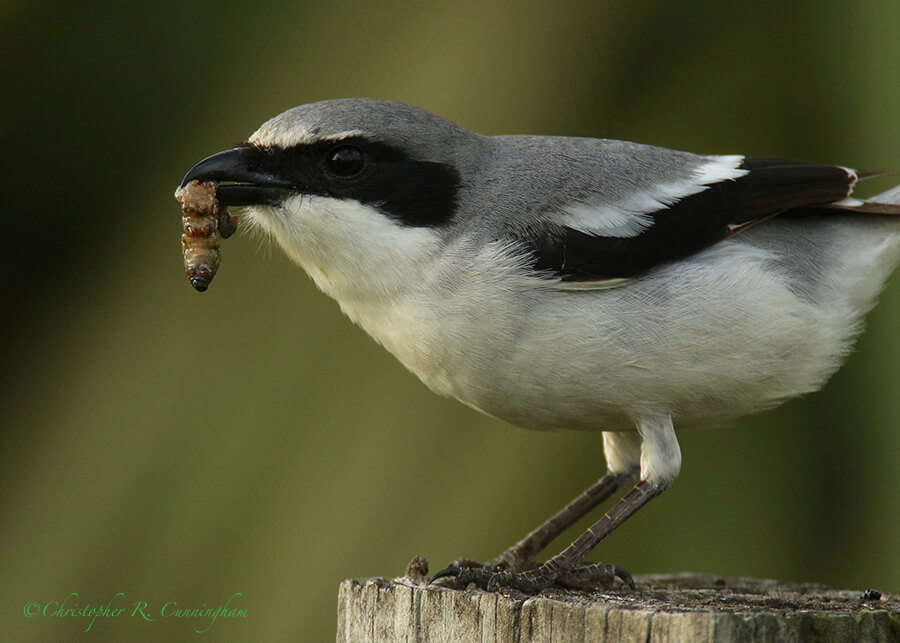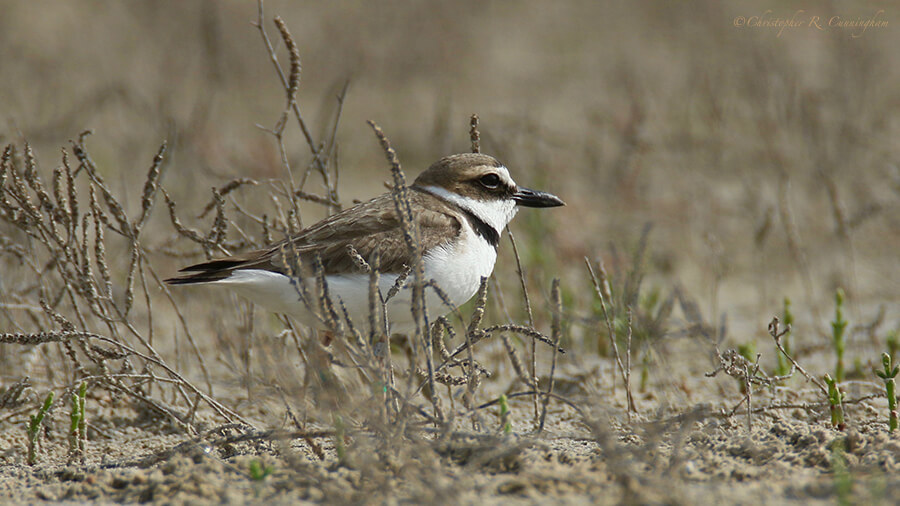Birds’ love and birds’ song
Flying here and there . . . . Spring, Alfred Lord Tennyson

As of this writing, we are still waiting to see a significant number of migrant songbirds and shorebirds. We are, however, watching spring unfold in other ways. New growth is sprouting up across the landscape, and will soon overwhelm the dead plant life of the previous growing season.

Flashes of wildflower-color can be seen scattered around. Insect life is starting to awaken—although, mercifully, the mosquitos have been strangely modest in number.
Everywhere caterpillars can be seen crawling around, and everywhere birds are gobbling them up! If the birds had their way, there would be no moths or butterflies!

On our last visit to Lafitte’s Cove—despite being in April–we saw no wood warblers (or any other migrant songbirds for that matter) at all. A lone Brown Thrasher called from the thicket. Disappointed, we headed over to East Beach . . . .
Here, we saw a few migratory shorebirds. Dunlins and Western Sandpipers were around and beginning to transition into breeding colors. Snowy and Wilson’s Plovers (and Killdeer) were scooting around along tidal channels and on the supratidal flats. One of these days, one of these days . . . the mottes and beaches are going to throng with avian life. Here’s to being there when it happens!

©2017 Christopher R. Cunningham. All rights reserved. No text or images may be duplicated or distributed without permission.